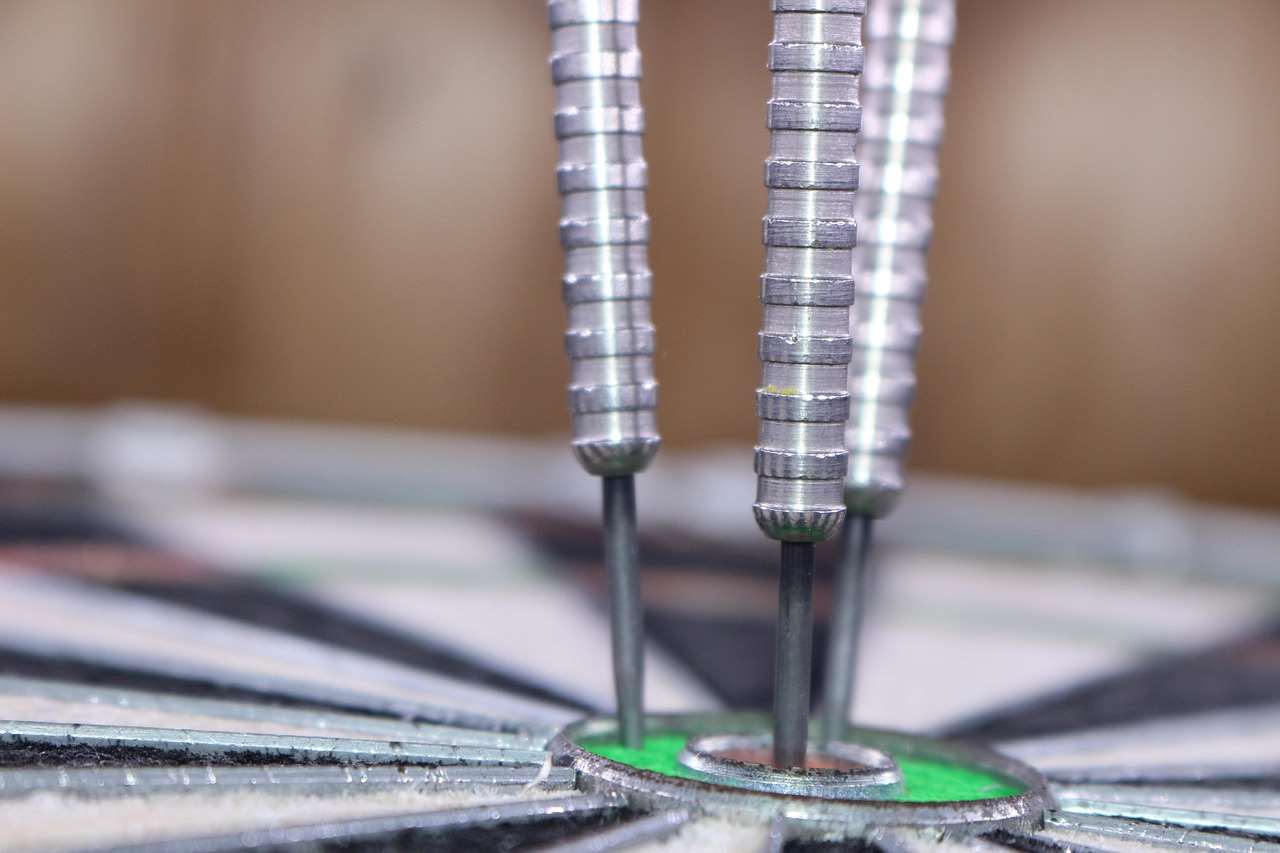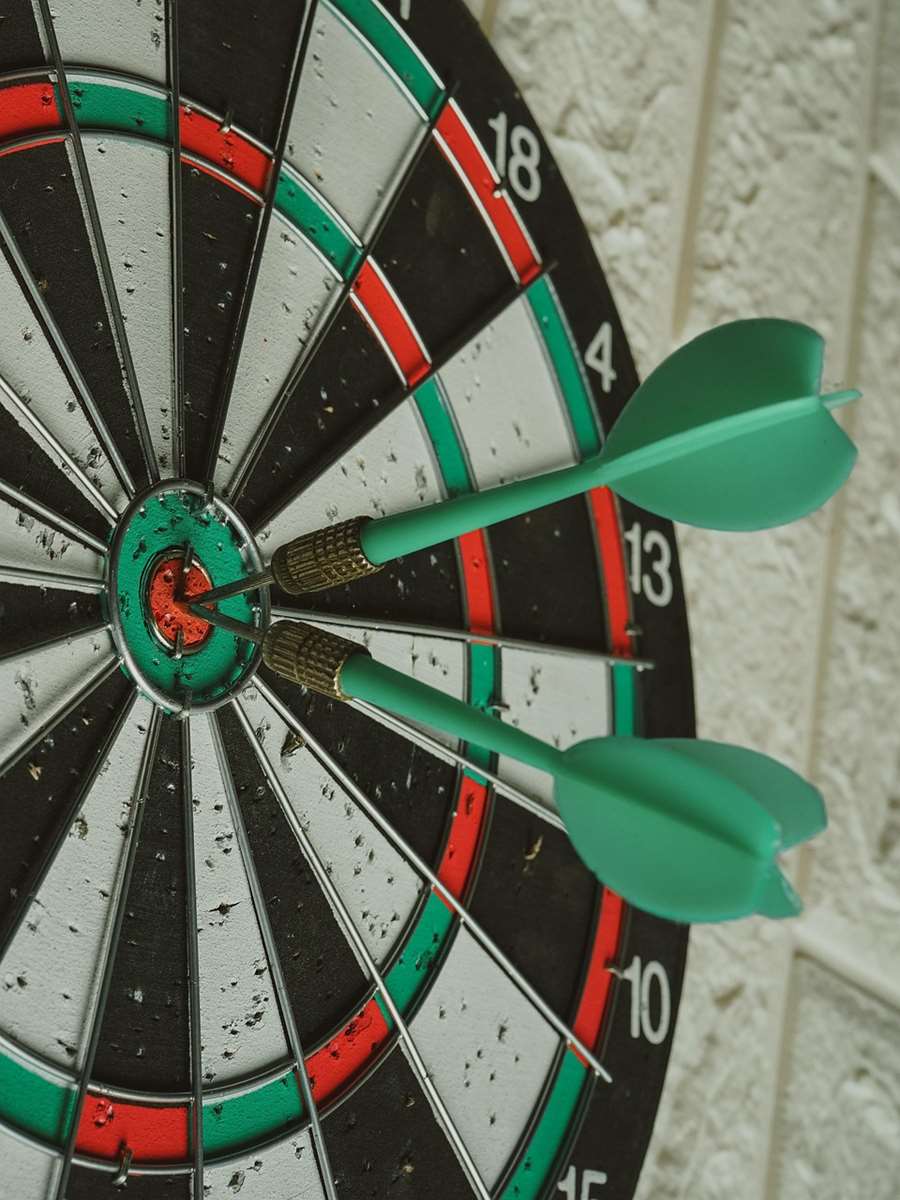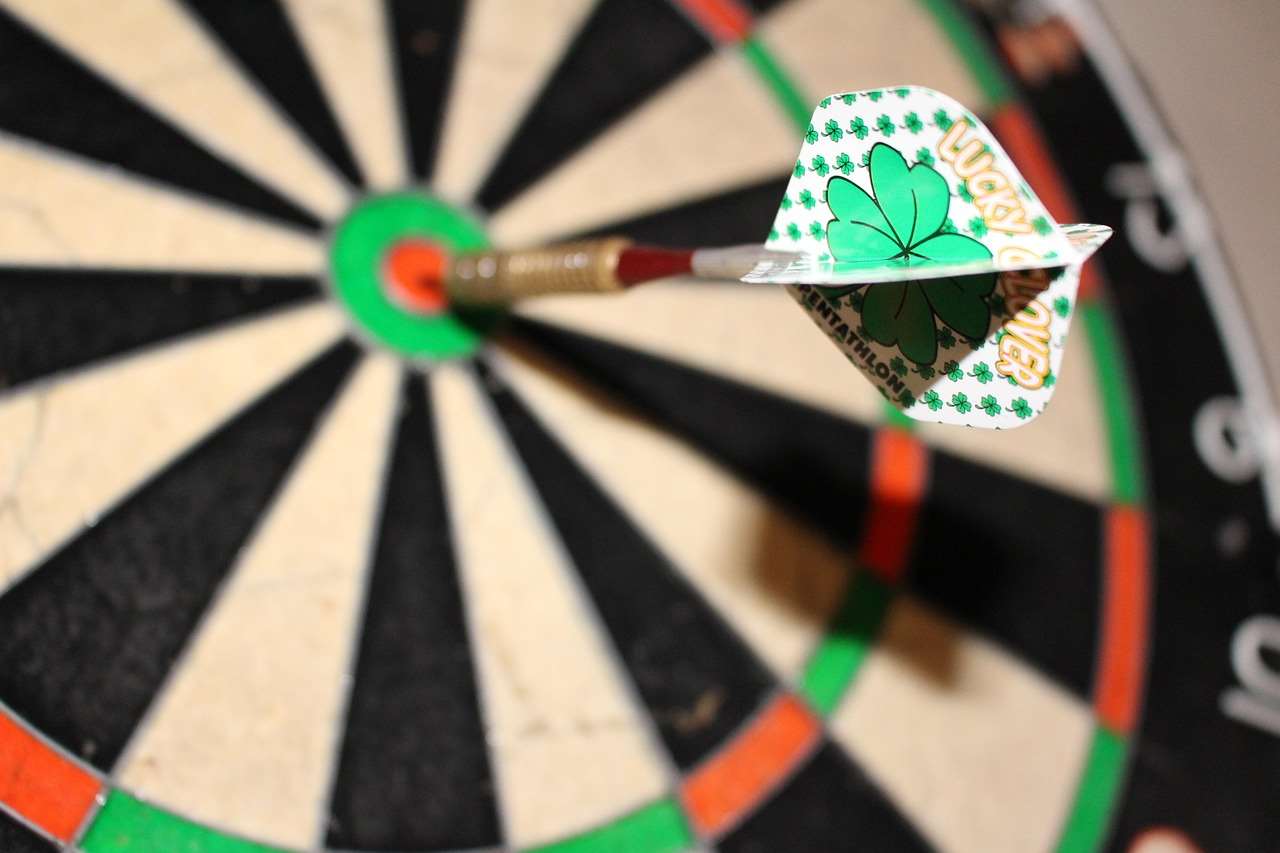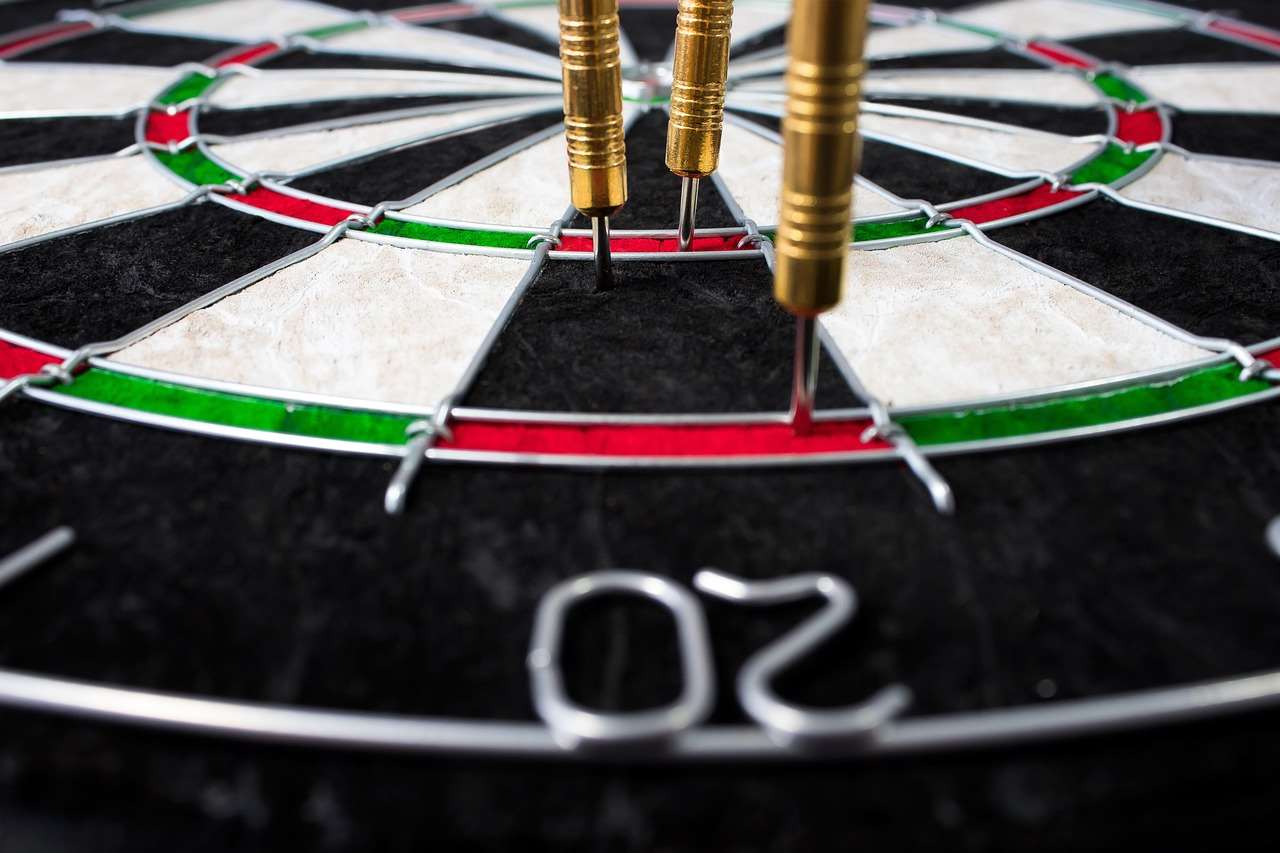The sport of darts has seen fluctuating popularity across generations, significantly impacting league participation; understanding these shifts can revitalize local leagues. This article explores the generational impact on darts league participation, offering insights into why some age groups are less engaged and suggesting strategies to boost involvement across the board.
⚠️ Still Using Pen & Paper (or a Chalkboard)?! ⚠️
Step into the future! The Dart Counter App handles all the scoring, suggests checkouts, and tracks your stats automatically. It's easier than you think!
Try the Smart Dart Counter App FREE!Ready for an upgrade? Click above!
Understanding the Generational Landscape of Darts
Darts, once a ubiquitous pub game, now faces the challenge of attracting and retaining players from different age cohorts. Each generation brings unique perspectives, preferences, and levels of engagement, all affecting the composition and vitality of darts leagues. We need to understand these factors to address the challenges.
Baby Boomers and Darts: A Foundation of Tradition
The Baby Boomer generation (born roughly between 1946 and 1964) often represents the bedrock of many existing darts leagues. For them, darts is more than just a game; it’s a tradition, deeply ingrained in their social fabric. They appreciate the camaraderie, the ritual, and the face-to-face interaction that darts leagues provide. Their participation is often driven by a sense of nostalgia and a desire to maintain established social connections. They were part of the original growth and appeal of the sport. The tradition of darts culture and community fostered strong relationships among players.

Generation X: Balancing Act and Competing Interests
Generation X (born roughly between 1965 and 1980) finds itself in a different position. While some Gen Xers may have grown up playing darts, they often juggle careers, families, and various other commitments. The time commitment required for league participation can be a significant barrier. Furthermore, they have access to a wider range of leisure activities compared to previous generations. Some may find **alternative recreational activities** more appealing or convenient, impacting their interest in traditional darts leagues.
Millennials and Darts: Bridging the Gap
Millennials (born roughly between 1981 and 1996) represent a critical generation for the future of darts leagues. Their engagement is often driven by different motivations. They value social interaction, but they also seek convenience, technology integration, and a sense of accomplishment. The traditional format of darts leagues might not always align with their preferences. Millennials may be more drawn to **casual darts events** that don’t require a long-term commitment. Social media integration could also attract their attention.
Generation Z: The Digital Natives and Darts
Generation Z (born roughly between 1997 and 2012) are digital natives, accustomed to instant gratification and online engagement. Attracting them to darts leagues requires innovative approaches. They may be more interested in **online darts leagues**, virtual tournaments, or incorporating technology into the traditional game. They are also very influenced by streaming services, and watching online tournaments can be a good way to spark their interest in playing.

The Impact of Technology on Darts League Participation
Technology has revolutionized almost every aspect of our lives, and darts is no exception. While traditionalists might resist change, embracing technology can be a powerful tool for revitalizing leagues and attracting new players. **Leveraging technology in darts** is a key aspect of increasing participation.
Online Darts Leagues: Expanding Reach and Accessibility
Online darts leagues offer a convenient and accessible way for players to participate, regardless of their location or schedule. They eliminate the need for physical travel and allow players to compete from the comfort of their own homes. Integrating video conferencing and online scoring systems can create a more immersive and engaging experience. While it can’t replace the camaraderie of in-person play, it adds flexibility for those short on time.
Darts Apps and Scoring Systems: Enhancing the Experience
Mobile apps and electronic scoring systems can enhance the darts playing experience in several ways. They can track scores automatically, calculate averages, provide performance statistics, and even offer training tips. This level of data and analysis can be particularly appealing to younger players who are accustomed to using technology to improve their skills in other areas of their lives.
Social Media Marketing: Reaching New Audiences
Social media platforms provide a powerful way to promote darts leagues, share news and updates, and connect with potential players. Creating engaging content, running targeted ads, and building an online community can help to reach new audiences and raise awareness of the benefits of participating in darts leagues. Social media is a great way to promote local darts establishments and show off **atmosphere at live darts matches**.
Strategies to Revitalize Darts League Participation
Addressing the generational impact on darts league participation requires a multi-faceted approach. Understanding the needs and preferences of different age groups is crucial for developing effective strategies to boost engagement.

Creating Inclusive and Welcoming Environments
Darts leagues should strive to create inclusive and welcoming environments for players of all ages and skill levels. This means ensuring that the atmosphere is friendly and supportive, that there are opportunities for players to socialize and connect, and that the rules and regulations are clear and fair. Encourage friendly competition and make sure all are aware of appropriate **fan culture at live darts** events, keeping the playing environment enjoyable.
Offering Diverse League Formats
Traditional darts league formats may not appeal to everyone. Offering a variety of formats can cater to different preferences and schedules. This could include shorter leagues, mixed-gender leagues, handicap leagues, and social leagues. It’s important to think outside the box.
Promoting the Social Aspects of Darts
Darts is more than just a game; it’s a social activity. Emphasizing the social aspects of darts leagues can attract players who are looking for opportunities to connect with others, build friendships, and have fun. Organizing social events, such as parties, tournaments, and pub crawls, can help to create a sense of community and belonging. These are key components of darts culture and community.

Leveraging Partnerships and Sponsorships
Partnering with local businesses and organizations can help to promote darts leagues and attract new players. Sponsorships can provide funding for prizes, equipment, and social events. Collaborating with pubs, bars, and community centers can provide access to venues and resources. Contacting sponsors can improve the overall **experience attending live darts** events.
Focus on Skill Development and Training
Offering skill development programs and training sessions can help players of all levels improve their game and enjoy the sport more. This could include coaching sessions, workshops, and practice leagues. Providing resources and support for players to develop their skills can increase their confidence and motivation. These are helpful for newer players and the younger generation.
Case Studies: Successful Darts League Revitalization
Examining successful cases of darts league revitalization can provide valuable insights and inspiration. Looking at various leagues can illustrate how to re-engage players and keep them motivated.
The “Darts for All” Initiative: A Community-Based Approach
One successful example is the “Darts for All” initiative, a community-based program that aims to promote darts among underrepresented groups. The initiative offers free coaching sessions, provides access to equipment, and organizes social events. It focuses on creating a welcoming and inclusive environment for players of all backgrounds.
The “Tech-Enabled League”: Embracing Innovation
Another example is the “Tech-Enabled League,” a darts league that has embraced technology to enhance the playing experience. The league uses online scoring systems, mobile apps, and social media to connect with players and promote events. It has seen a significant increase in participation among younger players.

The “Social Darts Club”: Prioritizing Fun and Camaraderie
The “Social Darts Club” focuses on the social aspects of the game. The club organizes regular social events, such as parties, tournaments, and pub crawls. It emphasizes creating a fun and relaxed atmosphere where players can connect with others and build friendships. They may also provide tips for **travel tips for darts tournaments** since they travel together often.
Conclusion: Securing the Future of Darts Leagues
The generational impact on darts league participation presents both challenges and opportunities. By understanding the needs and preferences of different age groups, embracing technology, and implementing innovative strategies, we can revitalize darts leagues and secure the future of this beloved sport. Creating inclusive environments, offering diverse formats, promoting social aspects, and leveraging partnerships will be key to success. Ultimately, the goal is to ensure that darts continues to be enjoyed by generations to come.
Ready to take action? Contact your local darts league today or start your own! Help to shape the future of the sport and create a thriving darts community.
Hi, I’m Dieter, and I created Dartcounter (Dartcounterapp.com). My motivation wasn’t being a darts expert – quite the opposite! When I first started playing, I loved the game but found keeping accurate scores and tracking stats difficult and distracting.
I figured I couldn’t be the only one struggling with this. So, I decided to build a solution: an easy-to-use application that everyone, no matter their experience level, could use to manage scoring effortlessly.
My goal for Dartcounter was simple: let the app handle the numbers – the scoring, the averages, the stats, even checkout suggestions – so players could focus purely on their throw and enjoying the game. It began as a way to solve my own beginner’s problem, and I’m thrilled it has grown into a helpful tool for the wider darts community.